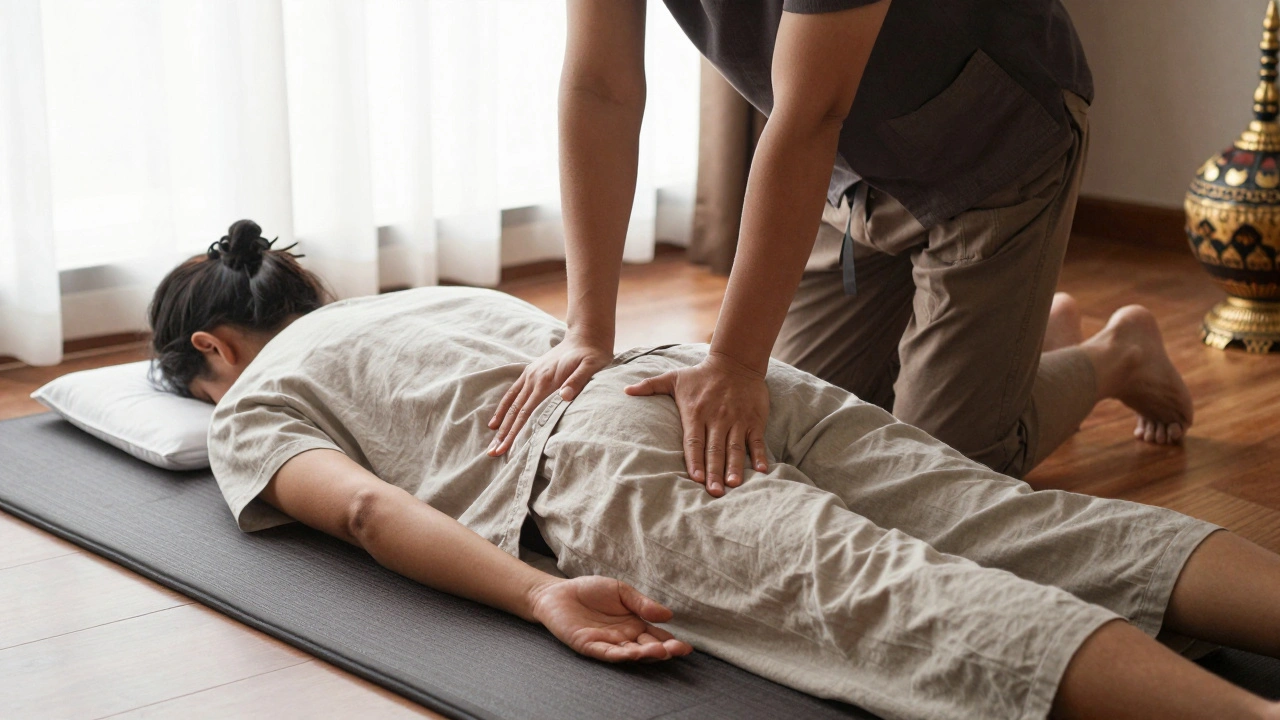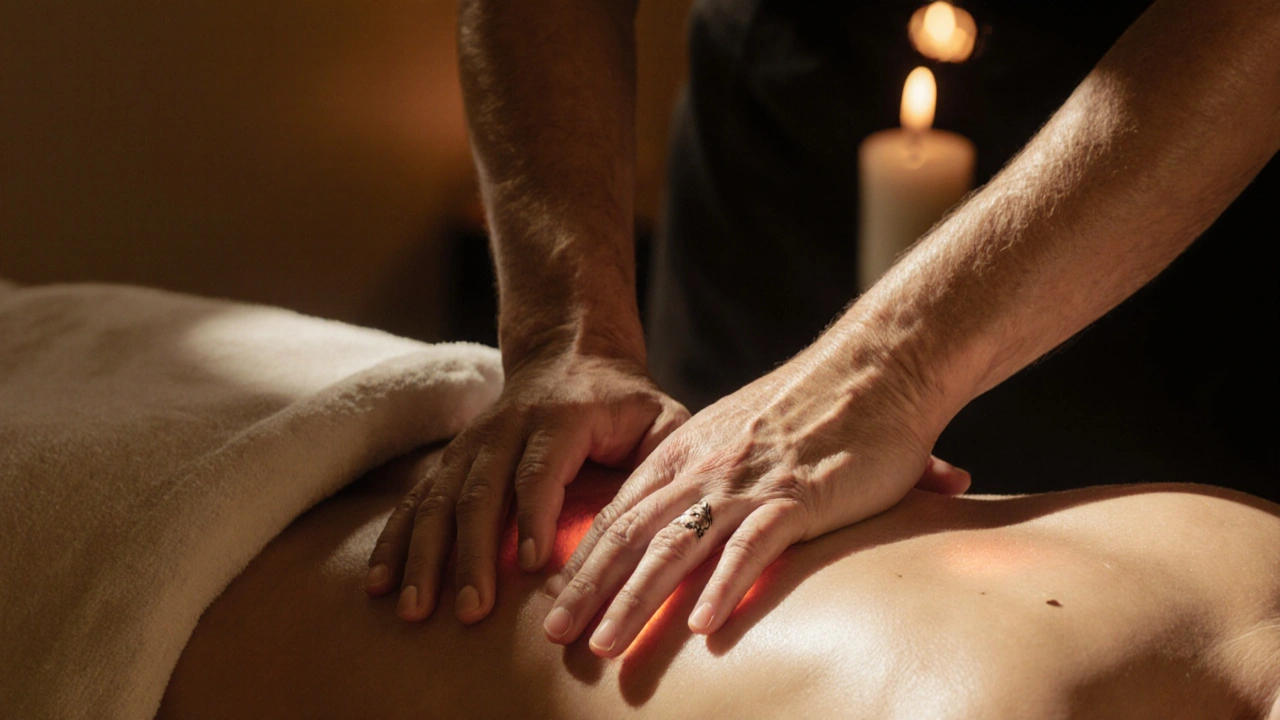Chronic Pain Relief: How Massage Can Help You Feel Better
If you’ve been battling aches that just won’t quit, you’re not alone. Many Londoners turn to massage because it attacks pain at its source – the muscles, nerves, and circulation. The good news? You don’t need a medical degree to understand which massage style suits your body. Below you’ll find quick, practical tips you can use right now.
Why Massage Works for Chronic Pain
Massage boosts blood flow, which brings oxygen and nutrients to sore spots. That extra circulation helps clear out waste products that build up after years of tension. When a therapist applies pressure – whether with their hands, a hot stone, or a light foot roll – it also tricks your brain into releasing endorphins, the natural painkillers you already produce.
Deep tissue massage is a favorite for chronic back or shoulder pain because it targets the deeper muscle layers where knots hide. A single session can loosen a tight knot, improve range of motion, and often reduce reliance on over‑the‑counter pain meds.
Hot stone massage adds another layer of relief. Warm stones heat the tissue, making it more pliable and allowing the therapist to work deeper without causing discomfort. Heat also eases spasms, which are a common trigger for flare‑ups.
Lymphatic drainage isn’t just for detox fans. By gently moving lymph fluid, it reduces swelling around inflamed joints and can lower pressure on nerves. If you suffer from arthritis‑related pain, a lymphatic session might be worth trying.
Choosing the Right Massage in London
London offers a huge variety of specialists, so start by matching the therapist’s expertise to your pain pattern. Look for listings that mention “chronic pain,” “deep tissue,” or “hot stone” in the description. Many profiles also note if they have experience with sports injuries, which is useful for muscle‑related discomfort.
Before you book, ask a few key questions: Do they customize pressure based on your tolerance? Can they combine techniques, like deep tissue followed by a short hot stone finish? A therapist who listens and adjusts on the fly will give you the best chance of lasting relief.
Preparation matters, too. Arrive hydrated, wear loose clothing, and be ready to tell the therapist exactly where it hurts and how long the pain has been there. The more detail you provide, the better they can target the problem area.
After the session, keep moving. Light stretching, a short walk, or even gentle yoga can extend the benefits for up to 72 hours. Many clients report that a series of weekly sessions, combined with home stretches, reduces pain intensity dramatically.
In short, massage isn’t a magic cure, but it’s a powerful tool in a pain‑management toolkit. Whether you pick deep tissue for stubborn knots, hot stone for soothing heat, or lymphatic drainage for swelling, you’ll likely notice a shift in how your body feels. Ready to give it a try? Search for London therapists that highlight chronic pain relief and book a session that fits your schedule. Your muscles will thank you, and you’ll be one step closer to a day without constant aches.
The Healing Touch: Thai Massage for Chronic Pain
Thai massage offers a natural, hands-on approach to managing chronic pain through deep pressure, assisted stretching, and energy line work. Learn how it compares to other therapies and what to expect in your first session.
VIEW MOREBody Massage for Chronic Pain: Natural Relief Strategies
Discover how body massage can naturally ease chronic pain, the best techniques, therapist selection tips, self‑massage steps, and safety guidelines.
VIEW MOREHow Swedish Massage Helps Ease Chronic Pain
Swedish massage, a popular therapy known for its relaxing techniques, can effectively alleviate chronic pain. This type of massage improves blood circulation, reduces muscle tension, and promotes overall relaxation, which can be particularly beneficial for those dealing with persistent discomfort. Additionally, it offers a holistic approach to pain management without relying solely on medication. Discover how this gentle yet powerful therapy can enhance your quality of life.
VIEW MORE


